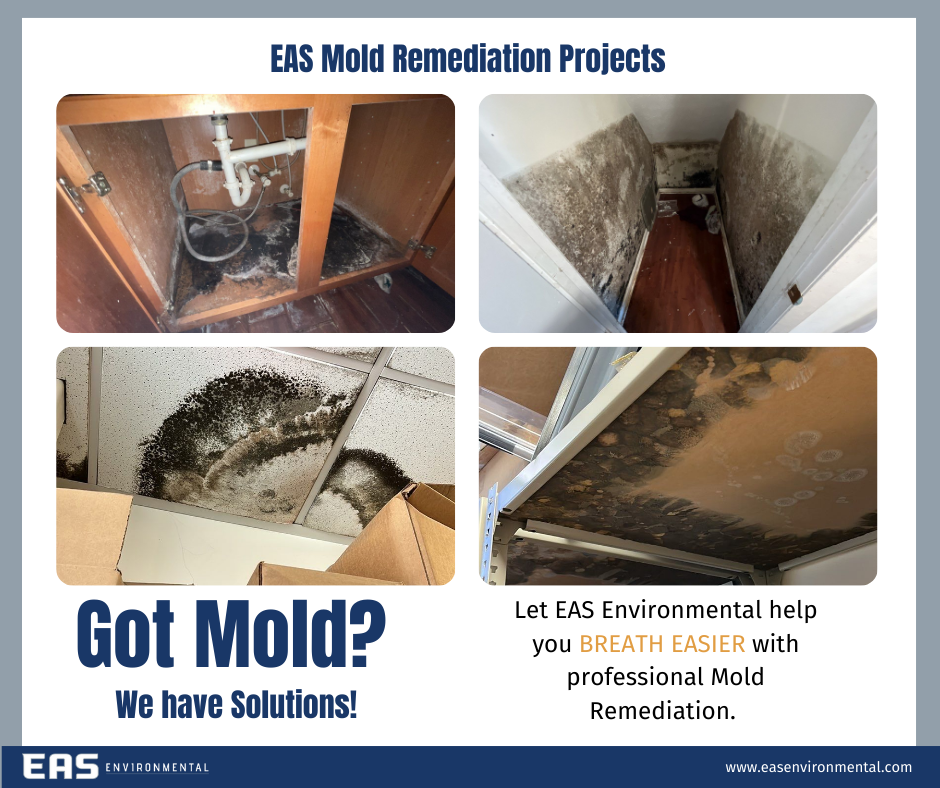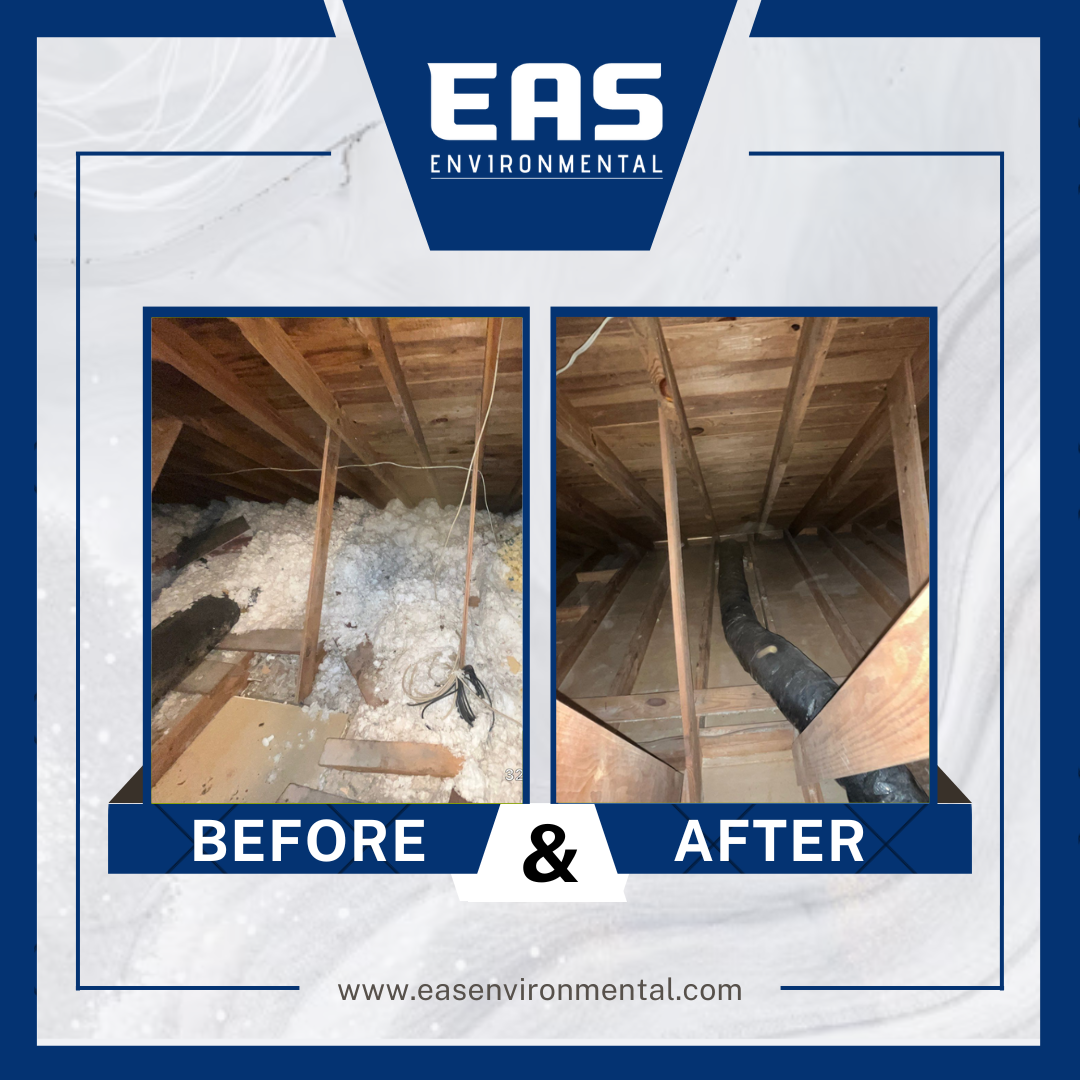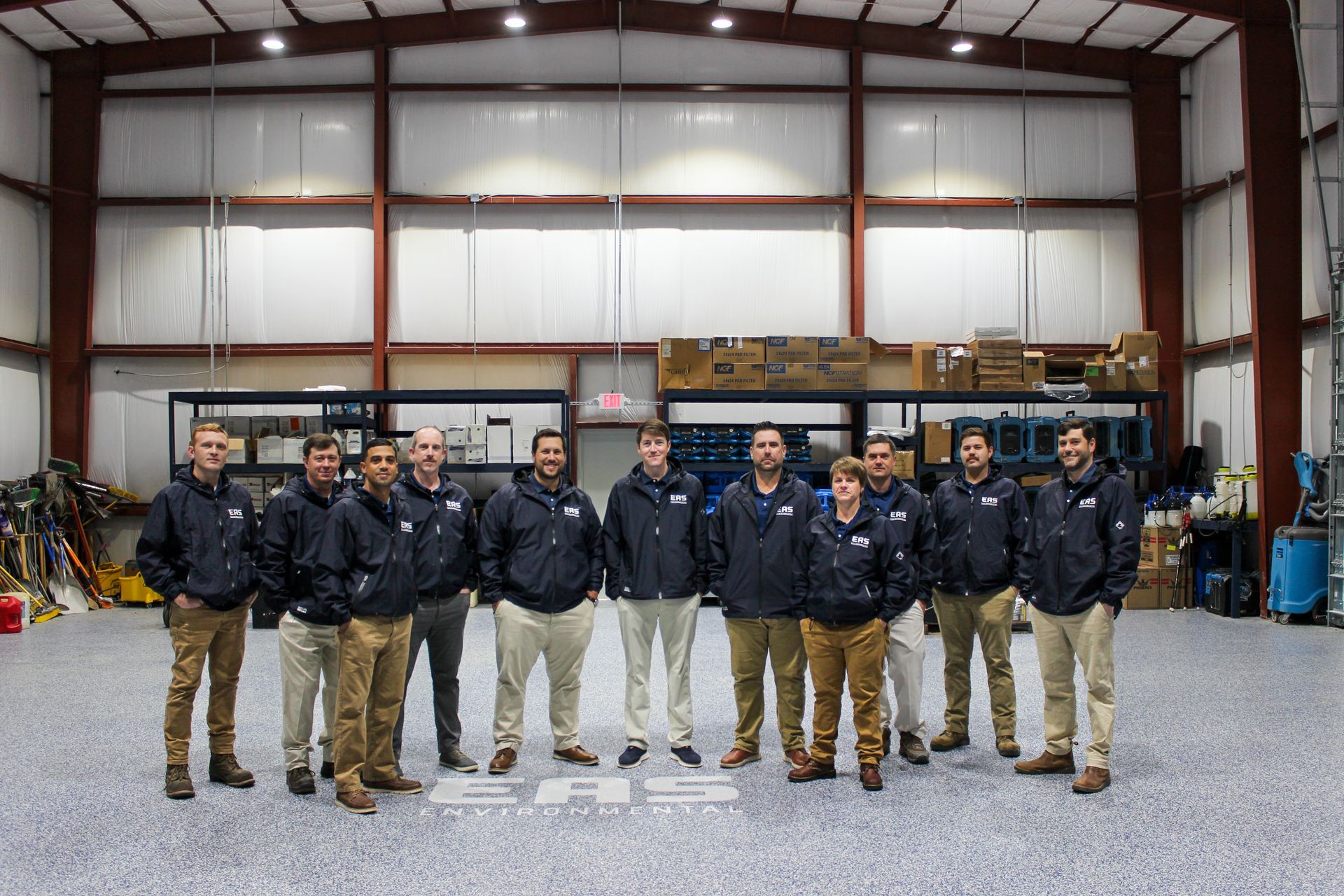
Welcome to our latest blog post on "Effective Solutions for Crawl Space Dirt Floor Insulation." If you're a homeowner looking to enhance the energy efficiency, comfort, and overall health of your living space, addressing crawl space insulation is a crucial step. In this article, we'll explore innovative techniques and proven strategies to effectively insulate dirt floors in crawl spaces, providing you with the knowledge to make informed decisions and create a more comfortable home environment.
Sealing the Ground: Key Steps for Crawl Space Dirt Floor Insulation
When it comes to optimizing your home's energy efficiency and indoor comfort, tackling crawl space insulation is a task that should not be overlooked. A significant aspect of this process is sealing the crawl space's dirt floor, which can have a remarkable impact on moisture control, temperature regulation, and overall air quality within your living space.
The first key step in crawl space dirt floor insulation is thorough preparation. Begin by clearing out any debris, rocks, or obstructions from the crawl space to create a clean surface. Next, inspect the area for any signs of moisture intrusion or water damage. Address these issues before proceeding to ensure that your insulation efforts won't be compromised by ongoing moisture problems. Once the space is prepped and dry, it's time to move on to the actual sealing process. Applying a high-quality vapor barrier, such as heavy-duty polyethylene sheeting, is essential. This barrier acts as a shield against ground moisture, preventing it from rising into your crawl space and subsequently affecting the indoor environment above. Securely tape the seams of the vapor barrier to ensure a tight seal, and extend the barrier up the crawl space walls a few inches to create a continuous barrier. With the ground sealed, you've taken a crucial step towards a well-insulated and healthier home.
Understanding Insulation Types for Crawl Space Dirt Floors
When it comes to insulating the dirt floors of your crawl space, understanding the different insulation types available is essential for making informed decisions about your home's energy efficiency and overall comfort. There are several insulation options to consider, each with its own set of advantages and considerations.
One commonly used insulation type for crawl space dirt floors is rigid foam insulation. This type of insulation is known for its durability and resistance to moisture, making it a suitable choice for crawl spaces that might be prone to dampness. Rigid foam insulation can be installed directly on the dirt floor, providing a thermal barrier that helps regulate indoor temperatures while preventing moisture from seeping through. Another option is spray foam insulation, which offers excellent coverage and can effectively seal gaps and crevices in the crawl space, creating an airtight barrier that keeps out cold air and moisture. However, it's important to work with professionals when installing spray foam, as its application requires specific equipment and expertise to ensure proper insulation and ventilation. By understanding the characteristics of these insulation types and consulting with experts, you can choose the most suitable option for insulating your crawl space dirt floor and enhancing the overall energy efficiency of your home.
Expert Tips for Successful Crawl Space Dirt Floor Insulation Projects
Embarking on a crawl space dirt floor insulation project can be a rewarding endeavor, enhancing your home's comfort and energy efficiency. To ensure your project's success, consider these expert tips that will guide you through the process and help you achieve optimal results.
First and foremost, thorough preparation is key. Before diving into insulation installation, meticulously
clean and level the dirt floor, removing any debris, rocks, or potential obstructions.
Address any moisture issues beforehand to prevent future complications, ensuring that your insulation remains effective over time. Moreover, consider the insulation material carefully. Rigid foam insulation is an excellent choice due to its moisture resistance and durability. When installing, make sure to secure it properly and seal gaps to prevent air leakage. Proper ventilation is also crucial – ensure your crawl space has adequate airflow to prevent moisture buildup. By carefully considering these expert tips and possibly consulting with professionals, you can embark on a successful crawl space dirt floor insulation project that will contribute to a more energy-efficient and comfortable home.
FAQs
-
Why should I insulate my crawl space dirt floor?
Insulating your crawl space dirt floor offers numerous benefits. It helps regulate indoor temperatures, making your home more comfortable year-round. It also prevents moisture from rising through the ground, reducing the risk of mold, mildew, and structural damage. Additionally, it can improve energy efficiency by minimizing heat loss and reducing the workload on your HVAC system.
-
What's the best insulation material for crawl space dirt floors?
Rigid foam insulation is often recommended for crawl space dirt floors. Its moisture-resistant properties make it suitable for ground-level applications. It provides a barrier against moisture and helps control temperature fluctuations. Other options like spray foam insulation can also be effective, but it's important to consider factors like moisture levels and professional installation.
-
Can I install crawl space dirt floor insulation myself?
While some homeowners may be capable of DIY insulation installation, it's advisable to consult with professionals. Proper installation requires careful sealing, addressing moisture issues, and ensuring proper ventilation. Professionals can assess your crawl space's unique conditions and recommend the most suitable insulation type and installation approach.
-
Do I need to ventilate my crawl space after insulation?
Yes, proper ventilation is crucial even after insulating your crawl space. Ventilation helps prevent excess moisture buildup, which can still occur due to factors like ground moisture, leaks, or condensation. Proper airflow will maintain a healthy crawl space environment and prolong the effectiveness of your insulation.
-
How long does crawl space dirt floor insulation typically last?
Well-installed crawl space insulation can last for decades. However, its lifespan depends on factors such as the quality of installation, insulation material used, the presence of moisture issues, and the overall maintenance of your crawl space. Regular inspections and maintenance can help identify any issues early and extend the lifespan of your insulation.
Contact EAS Environmental Today!
EAS Environmental will do everything we can to ensure your experience with us is excellent.
Request A FREE Estimate
Request a Free Estimate Form
We will get back to you as soon as possible.
Please try again later.
Checkout Recent Post



Got a Question? We’re Here to Help.
You can arrange an appointment or make an enquiry by phone or email, orget in touch to us via our contact form.
EAS Environmental is a specialty asbestos and lead abatement and demolition company that service the state of South Carolina.
CONTACT INFORMATION
Phone: 843-977-3273
Email: sturner@easenvironmental.com
Address: 125 Bud Lane Ladson, SC 29486
All Rights Reserved | EAS Environment
Privacy Policy | Terms & Conditions | Sitemap


